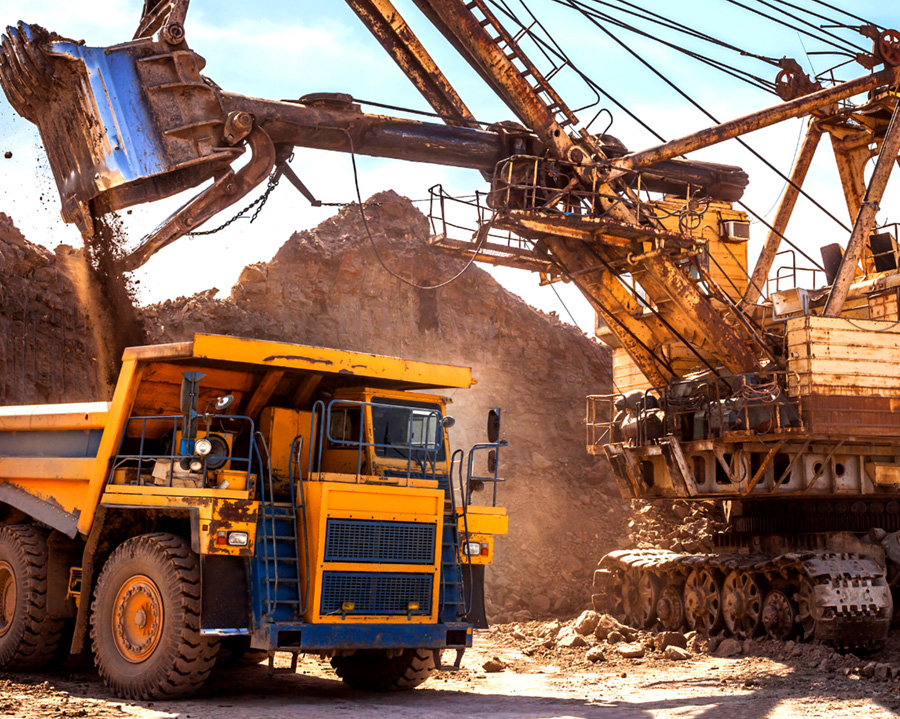
Powder metallurgy bearings are made of metal powder and other anti-friction material powders that are pressed, sintered, shaped and immersed in oil. They have a porous structure. After being soaked in hot oil, the pores are filled with lubricating oil. During operation, the pumping due to the rotation of the journal The suction effect and frictional heating cause the metal and oil to heat and expand, squeezing the oil out of the pores, and then the friction surface lubricates. After the bearing cools, the oil is sucked back into the pores.
Powder metallurgy oil-impregnated bearings (oil-impregnated bearings) are a type of porous alloy products with lubricating oil impregnated in the pores. When the shaft rotates, the friction between the shaft and the oil-containing bearing causes the temperature of the oil-containing bearing to increase and the pumping action to occur. The lubricating oil oozes out of the friction surfaces of the inner or outer diameter of the oil-impregnated bearing when the shaft stops rotating. The lubricating oil flows back into the oil-containing bearing. Therefore, the consumption of lubricating oil is very small, and it can be operated for a long time without supplying lubricating oil from the outside. It is very suitable for situations where oil supply is difficult and lubricating oil contamination is avoided.
Oil-impregnated bearings are widely used in: motor industry, automobile and motorcycle industry, home appliance industry, digital products, office equipment, power tools, textile machinery, packaging machinery and other types of mechanical equipment.
Generally speaking, powder metallurgy oil bearings are mainly made of raw material powder through pressing, sintering, shaping, oil immersion and other processes. Most of today's machines are highly automated. The daily output is relatively large, and most products can be formed at one time, so the larger the batch size, the better the production. Moreover, if there are fewer molds used now, hundreds of thousands of them may be produced, and if more molds are used, more than one million may be produced. However, the mold cost is relatively high, so it is difficult to do it if the batch size is small, and it takes a long time to replace the mold.
Generally speaking, powder metallurgy oil-impregnated bearings can be formed in one go and basically do not require cutting processing. The cost is lighter than machining, and there is less material waste, so the price is cheaper. It is also in line with the current national policy that promotes energy conservation, so it is considered a technology that will not fall behind.

The railway locomotive and vehicle axle system adopts different structural design due to different application conditions. The locomotive and passenger car have axle box, and the bearing is connected with the bogie through the axle box. The railway freigh
More
Berlin/Schleinfurt, September 23, 2010 For several years now, Schaeffler Industry has become a major partner in the development of rolling bearings for high-speed trains. When developing these bearings we work closely with vehicle manufacturers and operat
More
The places where mining machinery and engineering machinery are active are mostly mining sites in mountainous areas and desert areas that are far away from ordinary human life. Sometimes they even work 2,000 meters underground. There are many types of suc
More
Powder metallurgy bearings are made of metal powder and other anti-friction material powders that are pressed, sintered, shaped and immersed in oil. They have a porous structure. After being soaked in hot oil, the pores are filled with lubricating oil. Du
More